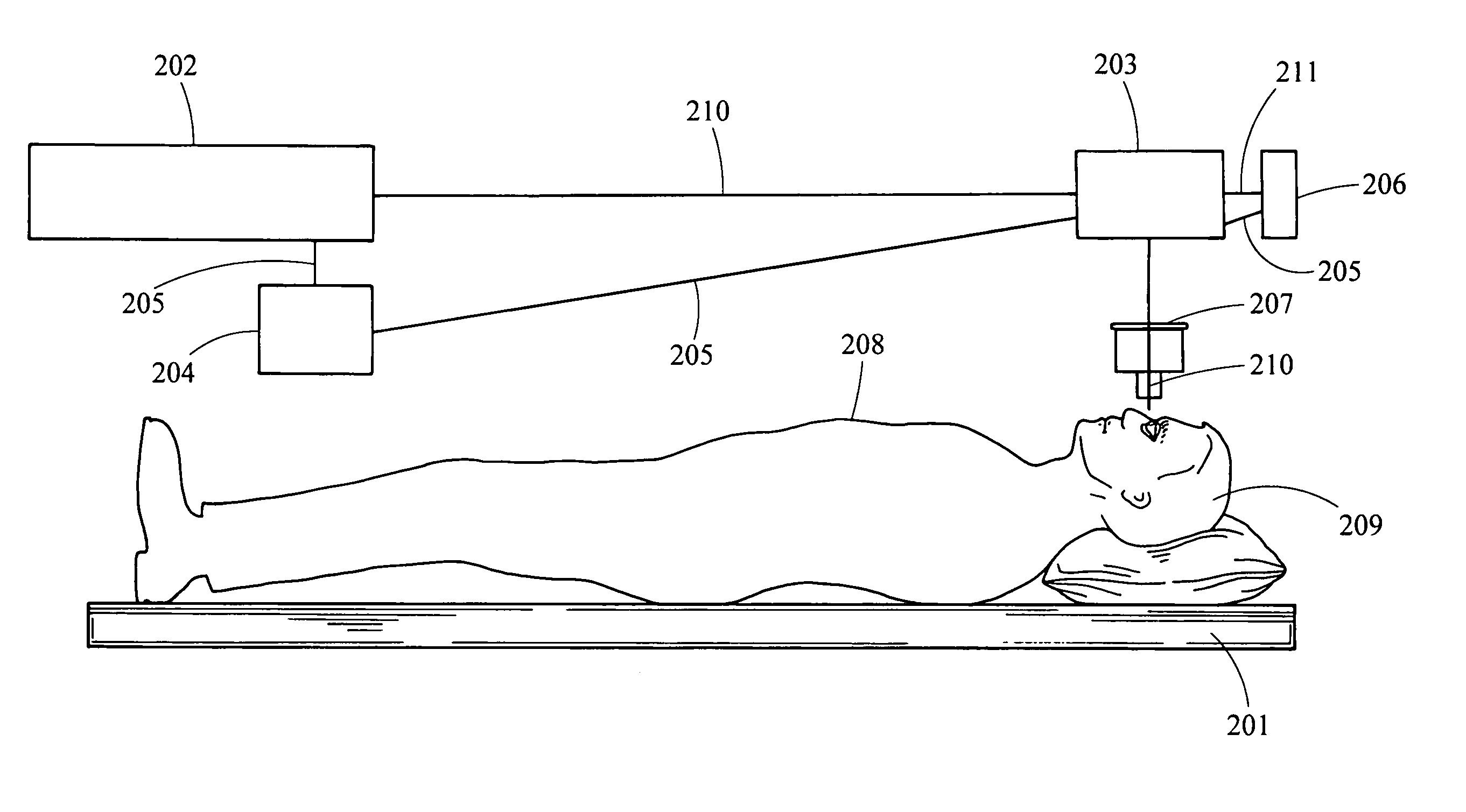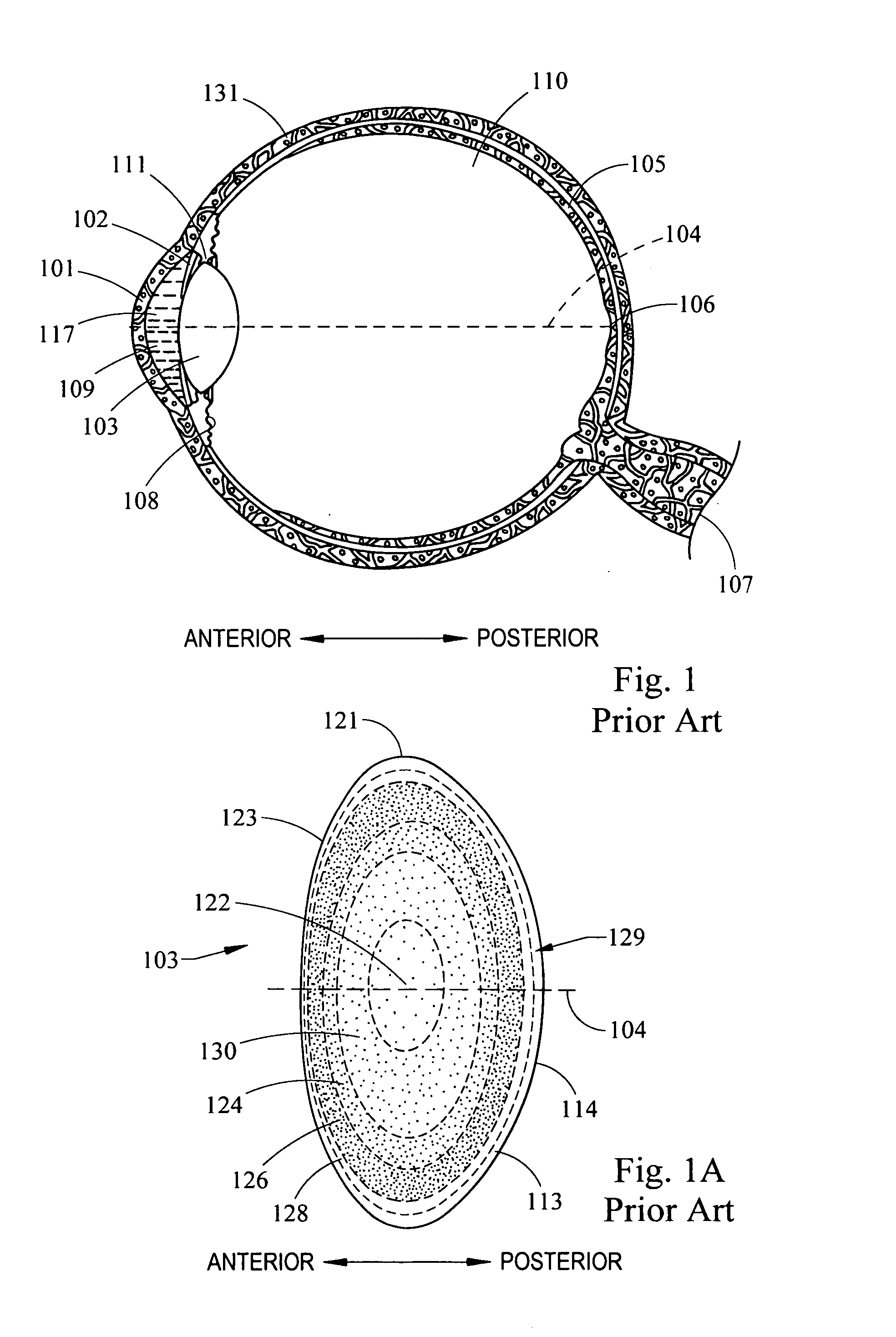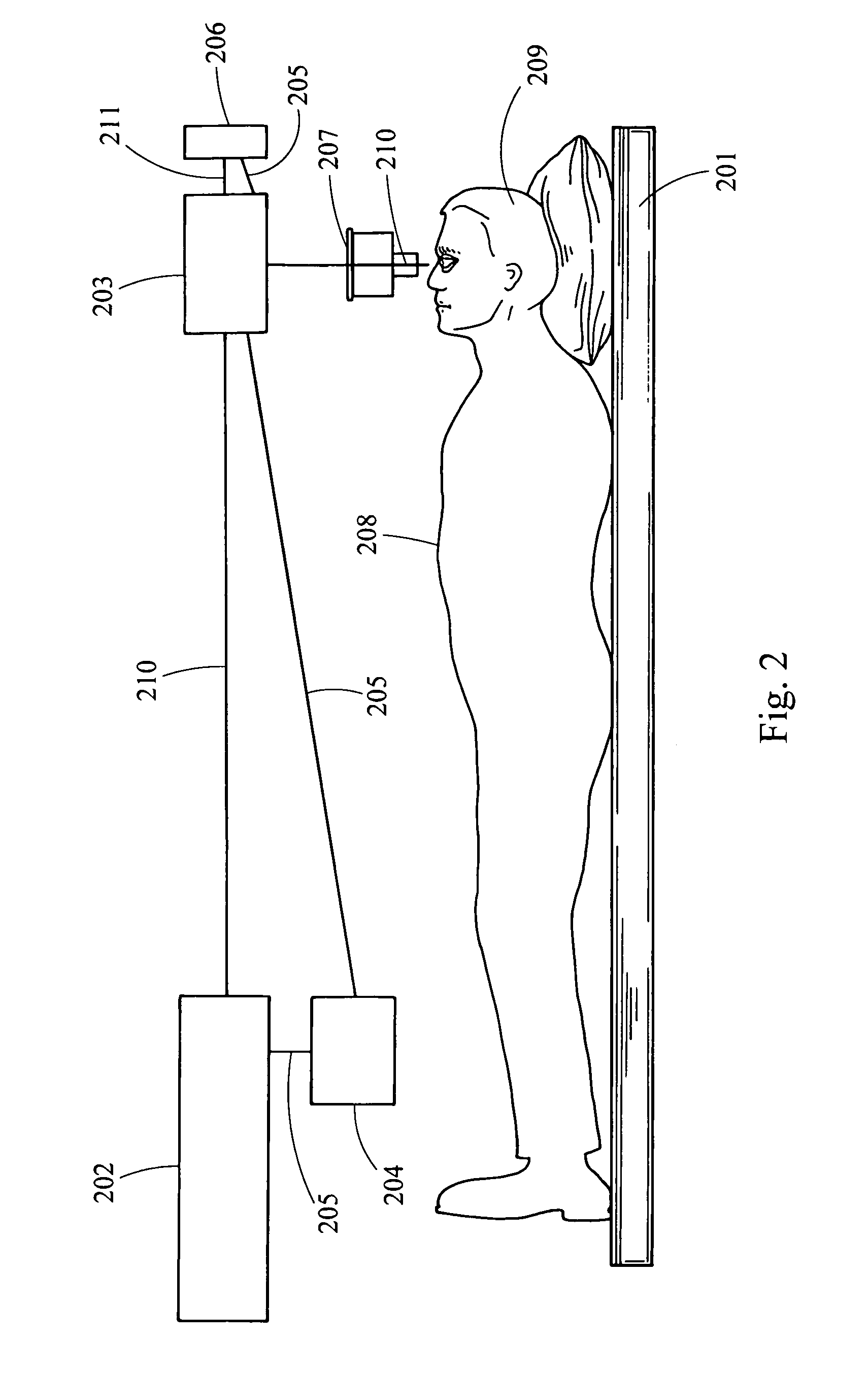System and method for providing the shaped structural weakening of the human lens with a laser
a technology of human lens and laser, which is applied in the field of systems and methods for treating the structure of the natural human crystalline lens with a laser, can solve the problems of reducing reducing the efficiency of the lens, so as to achieve the effect of increasing the flexibility of the lens
- Summary
- Abstract
- Description
- Claims
- Application Information
AI Technical Summary
Benefits of technology
Problems solved by technology
Method used
Image
Examples
Embodiment Construction
, provides for making nested, lens shaped shell cuts. The laser shot patterns are illustrated in FIG. 13, which provides the outer surface 1301 of a 45-year old lens based upon the Burd model. There is further provided a series of nested or essentially concentric shells and shell cuts, which essentially follow the shape of the lens. Thus, there is provided a first shell cut 1302, a second shell cut 1304, and a third shell cut 1306. These shell cuts form a first shell 1303 and a second shell 1305. Shells or partial shells are designed to increase flexibility in the lens by decreasing the strength of nested fiber layers by separating the bound layers, which it is theorized would reduce the structural strength and increase deflection for a given load or force. Thus, although not bound by this theory, it theorized that increasing the deflection of the lens for a given load or zonule force will increase the flexibility of the lens structure and, in turn, the amplitude of accommodation fo...
PUM
 Login to View More
Login to View More Abstract
Description
Claims
Application Information
 Login to View More
Login to View More - R&D
- Intellectual Property
- Life Sciences
- Materials
- Tech Scout
- Unparalleled Data Quality
- Higher Quality Content
- 60% Fewer Hallucinations
Browse by: Latest US Patents, China's latest patents, Technical Efficacy Thesaurus, Application Domain, Technology Topic, Popular Technical Reports.
© 2025 PatSnap. All rights reserved.Legal|Privacy policy|Modern Slavery Act Transparency Statement|Sitemap|About US| Contact US: help@patsnap.com



